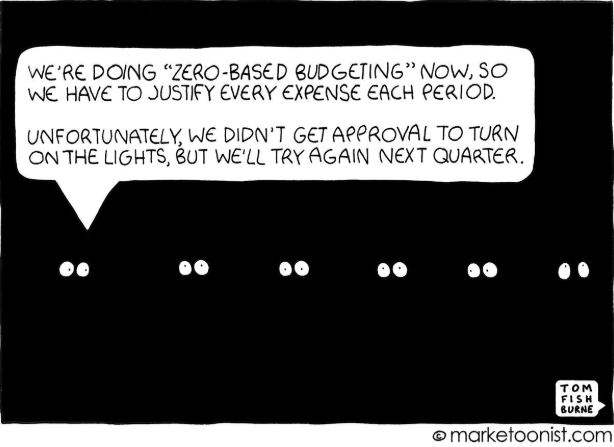
I challenge marketers to evolve to longer term planning.
As marketers, we are all trying to find ways to make the biggest impact on performance. We work in an age where marketing is now mandated to provide a measurable return on investment, with actual business outcomes predicted and achieved.
We’ve grown to expect the routine of quarterly campaigns: Short term media flights and narrow opportunities for results. As I see it, the quarterly campaign is the inevitable spawn of finance rules and corporate marketing measurement methods that don’t understand the impact they have on actual performance.
Budgets are defined around a specific time period and results must tie back specifically to that time period. Everyone engineers their work and processes to satisfy those two masters. Technology innovation has been at the forefront of this conversation for many years as the digital age has introduced new tools at such a rapid pace that one can hardly keep up with the possibilities and the promises.
However, we know that technology by itself does not solve all problems or unlock all opportunities. We often overlook the underlying business processes that govern how work and just how much of an impact innovation in that area could have. And in that regard there is one fundamental change to process that I think will exponentially improve performance for most companies: End the quarterly campaign.

Back in 2015, my colleague Patrick Fenton took a cue from Game of Throne’s Dragon Queen, Daenerys Targaryen, who taught her dragons to spit fire on command. He urged our readers to say “Dracarys!” to all campaigns and, “Kill Them With Fire.”
Let’s look at a few of the major drawbacks to this quarterly model:
- Budgets often come late, so campaigns start late. Repeat process and frustration every 90 days.
- Internal teams, agency partners and 3rd party media vendors spend a lot of time, effort and money setting up and taking down campaigns every quarter.
- Time spent on launching and closing campaigns is not time spent on optimization and strategic innovation to boost performance.
- Performance gains can be lost every time that campaigns are paused or stopped. Our teams have seen clear, unequivocal data that proves that by turning off media campaigns can have very negative impacts on performance. Big data, machine learning, optimization algorithms — these technologies all need a stream of data to keep learning and improving. When you turn it off, you reset the gauge.
- Quarterly campaigns and strategic inconsistency make reporting and insights harder to gather over the long view and trending data is hard to establish.
Does any of this sound familiar to you?
To be clear, I am not naive enough to think that a CMO can call upon a magical high priestess and change the requirements imposed by finance and procurement when it comes to quarterly budgeting. Nor is it realistic to be able to make change happen overnight and completely overhaul the way campaigns are measured on a quarterly basis.
But I have a strong suspicion that many of the policies and procedures that are put in place within companies are not designed by people who understand the negative consequences these limitations have on marketing efficiency and performance. For this reason, it’s worth having a serious conversation about marking changes to quarterly campaign policy and procedures with the C-Suite.
Bold marketers will consider the following instead of quarterly campaigns:
1) Build an annual plan.
Have a clear idea of what your strategy will be for the year, the channels, tactics and creative approach you want to take. Understand which activities will be truly “always-on ” and which may only be active for certain periods of time.
2) Expect changes throughout the course of the year.
By no means is an annual plan a “Set it and forget it approach.” But instead of starting the process from scratch, as a new quarter approaches, you can be looking at performance data to determine the following:
3) Evaluate traffic sources.
Are we going to dial-up or down any of our media channels?
4) Dig into your data-driven targeting.
Do we need to adjust our data sources we are using for targeting? Does our Target Account List need a refresh?
5) Should we invest more in any areas to boost performance?
Can we afford to cut back anywhere to fund more testing or take advantage of new opportunities?
6) Resist what we at JUST Media call “RAM” (Random Acts of Marketing).
Wild swings in strategic direction and chasing the new shiny object can quickly set you off course. Be proactive rather than reactive.
Think of it: How much more productive will your staff be if they are not spending perhaps 50% or more of their time trying to brief, plan, evaluate and launch a new campaign every quarter?
Will you be able to achieve cost savings with your media agency in terms of billable hours if they don’t need to reinvent the wheel every 90 days?
Will performance improve if conversations are centered around improving performance rather than swapping out UTM codes that say “Q1” with new ones that say “Q2”?

Will your media perform better and ultimately drive more conversions if all of those fancy software algorithms can actually get enough continuous data fed through them to learn and optimize?
Boost performance. Cut costs. Kill the arbitrary quarterly campaign. “Dracarys!”

